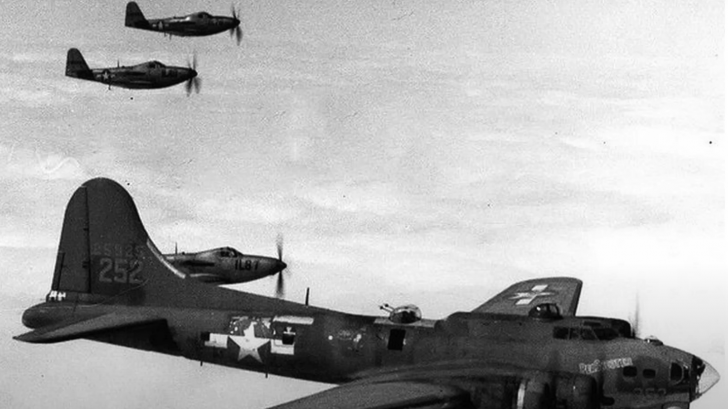The YB-40 was a modified version of the B-17 Flying Fortress bomber that was designed to serve as a bomber escort during WWII. However, despite its potential, the YB-40 proved to be largely ineffective, and here are five reasons why:
-
Lack of Speed
The YB-40 was slower than the bombers it was designed to escort, which made it difficult for it to keep up with them. This reduced its ability to provide effective protection. Just this reason alone was enough to can it.
-
Limited Firepower
If speed wasn’t the problem, it was its guns – or lack of it. Although the YB-40 was equipped with a larger defensive armament than the standard B-17, it still did not have enough firepower to effectively protect the bombers it was escorting from German fighter planes.
-
Poor Maneuverability
The YB-40 was also not as maneuverable as the fighter planes it was intended to defend against. This made it difficult for it to engage in dogfights with enemy fighters. The YB-40s also experienced technical problems, including engine failures and oil leaks, which reduced their overall effectiveness and made them vulnerable to enemy fighters.
-
Limited Numbers
Only a limited number of YB-40s were produced, and they were often spread out among multiple bomber formations reducing their effectiveness in providing effective cover.
-
High Losses
Due to their limited effectiveness and lack of speed and maneuverability, many YB-40s were lost during their escort missions. This led to a loss of morale among the bomber crews and diminished confidence in the ability of the YB-40 to provide effective protection.
Ultimately, the YB-40 was not a successful bomber escort, and its role was largely overtaken by long-range fighter planes, such as the P-51 Mustang, which were faster, more maneuverable, and better armed.


